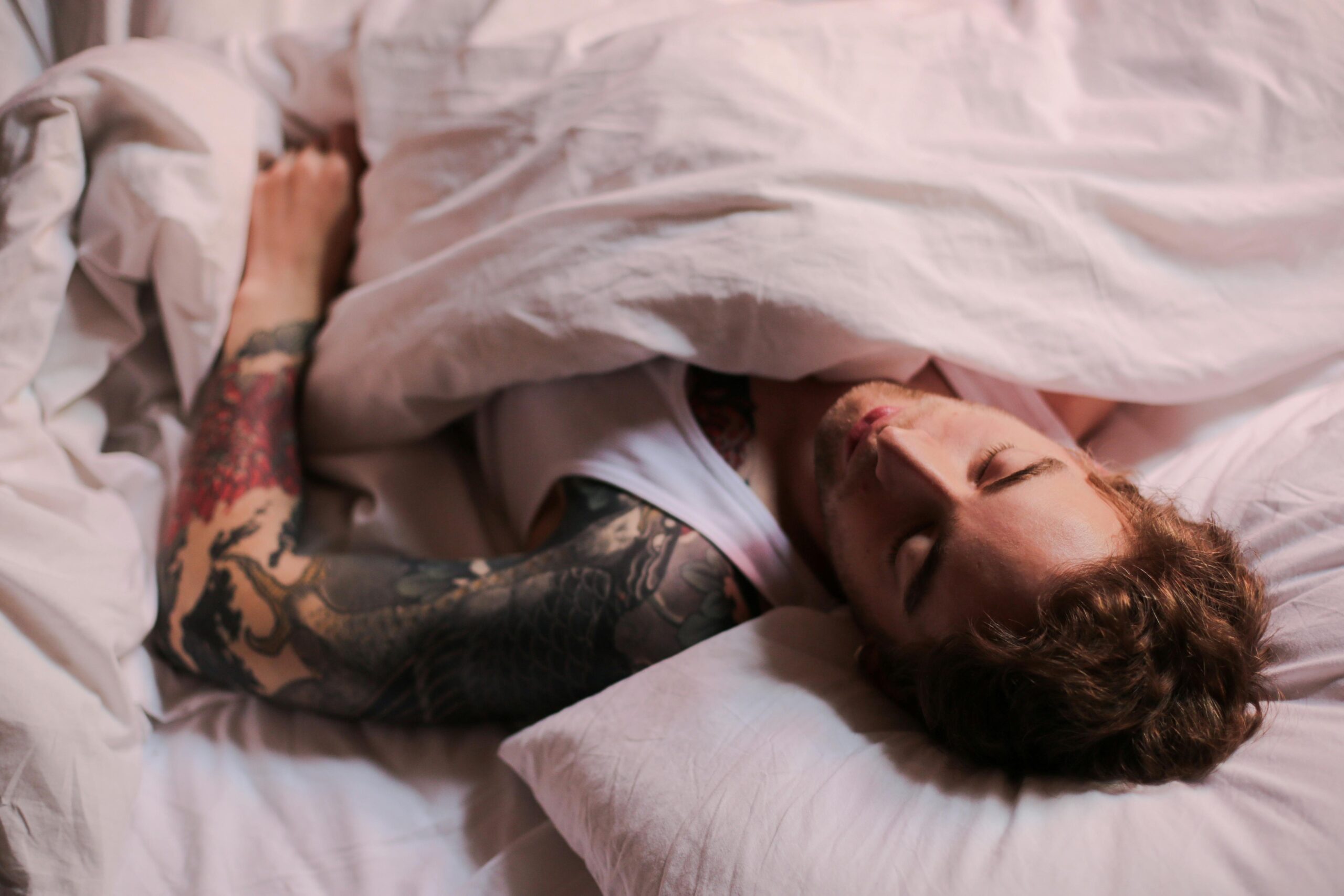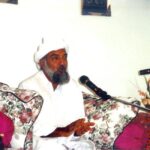Space Agency Is Offering $5,000 to Volunteers Who’ll Stay in Bed for 10 Days Straight

What if getting paid meant doing absolutely nothing—no meetings, no alarms, no rush hour? Just stillness. For ten full days.
At first glance, it sounds like a scam or a strange luxury. But it’s neither. It’s a real offer from the European Space Agency (ESA): $5,000 in exchange for staying in bed. No sitting up. No walking. Just complete physical rest.
But there’s more to this than easy money. Behind this strange-sounding offer lies a powerful purpose—one that stretches beyond personal gain and taps into the future of human survival in space and recovery on Earth. This isn’t just about rest. It’s about research. About answering tough questions with stillness. About turning discomfort into data that could shape how astronauts survive in orbit—and how patients heal in hospitals.
It’s an invitation that tests not only the body, but the mind. And it’s real.
Why the ESA Is Doing This

Lying in bed for days might seem pointless, even lazy. But to the European Space Agency, it’s a window into the challenges of life beyond Earth.
The experiment, called Vivaldi III, is designed to mimic what astronauts experience during space missions. In orbit, the human body reacts to weightlessness in ways science is still working to fully understand—muscles shrink, bones weaken, fluids move toward the head, and vision can change.
But space is expensive. Time in orbit is limited. So scientists simulate space-like conditions here on Earth.
The technique is known as dry immersion. Volunteers lie in specially designed containers filled with water, wrapped in waterproof fabric. The body floats without direct support, creating a sensation close to microgravity. By observing what happens to people in these conditions, researchers gain insight into how the body responds to space travel—and how to protect it.
These answers don’t just help astronauts. They reach back down to Earth, offering potential breakthroughs in medicine, rehabilitation, and elder care.
What Volunteers Actually Go Through

This isn’t a spa day stretched across ten mornings. It’s a controlled, demanding study that requires full commitment—for 21 days in total.
Volunteers spend 10 consecutive days in dry immersion, where movement is restricted and even basic tasks become carefully monitored procedures. Lying flat inside a water-filled container, the body is suspended by a waterproof layer that keeps skin dry while eliminating physical pressure.
Meals are served on floating trays. A neck pillow helps support the head. Personal hygiene and even bathroom use are managed without ever sitting or standing. For bathroom breaks, participants are carefully transferred onto a trolley—always maintaining the same reclined position.
Before the immersion begins, participants go through several days of preparation. After it ends, they remain under observation to track how their bodies recover. Throughout all 21 days, they are required to stay at the Medes Space Clinic in Toulouse, France.
Outside contact is limited to video or phone calls. No visitors. No leaving the facility. It’s a full mental and physical challenge, built to simulate the realities of space without leaving Earth’s atmosphere.
Who Qualifies—and Who Doesn’t
Think you’ve got what it takes to participate? The European Space Agency (ESA) is seeking a specific group of individuals for this fascinating study. Here are the requirements for eligibility:
- Gender: Male (unfortunately, this study is not open to women).
- Age Range: Between 20 and 40 years old.
- Health: Perfect health with no ongoing medical treatments or conditions.
- Lifestyle: Non-smoker with regular sporting activity or physical exercise.
- Body Specifications: A Body Mass Index (BMI) between 20 and 26 kg/m², and a height between 1.65m and 1.80m.
- Allergies or Dietary Restrictions: None allowed, ensuring uniformity in the study’s results.
Applicants must also pass a comprehensive health screening, including stress tests, to verify their physical fitness and readiness for the study. While the criteria may seem demanding, this level of precision ensures the results are as accurate and controlled as possible—critical for both space exploration and medical advancements.
How Stillness Teaches Us About Space

When astronauts spend extended time in space, their bodies change. Muscles weaken. Bones lose density. Fluids shift upward, often causing pressure on the brain and changes in vision. These effects are part of life in microgravity—and scientists are racing to understand them better.
Dry immersion recreates some of these changes here on Earth. By removing pressure from the body and eliminating support, the technique mimics weightlessness without needing a rocket. Every shift in muscle tone, circulation, and metabolism can be monitored in real time.
Running alongside the dry immersion is another method called head-down bed rest, where participants lie at a slight downward angle. This simulates the fluid shifts astronauts experience in space, particularly the way fluids move toward the upper body and head.

Researchers track neurological responses, cardiovascular changes, and even hormone activity. These studies help scientists figure out how to design better countermeasures—from exercise routines to medical treatments—that protect the body in space.
ESA’s Ann-Kathrin Vlacil, who leads the research team, explained it clearly: “By extending the duration of dry immersion and comparing it to bed rest, we are refining our understanding of how these analogues simulate life in space, the different physiological effects and how they complement each other.”
Real science. Real results. All made possible by people who agree to lie still—for the sake of progress.
Why It Matters Here on Earth
The benefits of this research don’t stop at the edge of the atmosphere. They circle back to Earth—in hospitals, homes, and care centers.

Many people spend days, weeks, or even months confined to beds due to illness, injury, or aging. Their bodies face the same kinds of risks astronauts do: muscle loss, reduced bone strength, circulation problems, and even changes in vision. What ESA learns through this study could improve how those individuals are treated and cared for.
Marc-Antoine Custaud, who leads the ESA’s bed rest and dry immersion campaigns, put it simply: “Our findings have significant implications for Earth-based medicine, particularly in ageing-related conditions.”
By studying the body’s response to extreme stillness, researchers can design more effective rehabilitation techniques. They can develop better treatments to protect muscles and bones. And they can support recovery processes that bring real comfort and relief to those who need it most.
Space may be the source of the question—but the answers could heal people right here at home.
More Than Just a Paycheck

$5,000 might be the headline. But the real reward runs deeper.
Every volunteer who signs up for this challenge becomes part of something that reaches beyond personal gain. The data collected will shape how humans explore deep space. It will help protect astronauts traveling to the Moon, Mars, and beyond. And just as importantly, it will improve care for people confined to beds right here on Earth.
Opportunities like this are rare—not because they’re glamorous, but because they ask for patience, resilience, and a willingness to serve a cause greater than oneself. Not through loud action, but through quiet endurance.
In a world that often glorifies speed and noise, this study proves something different: sometimes, lying still can move everything forward.
Featured Image Source: Pexels
Loading...






